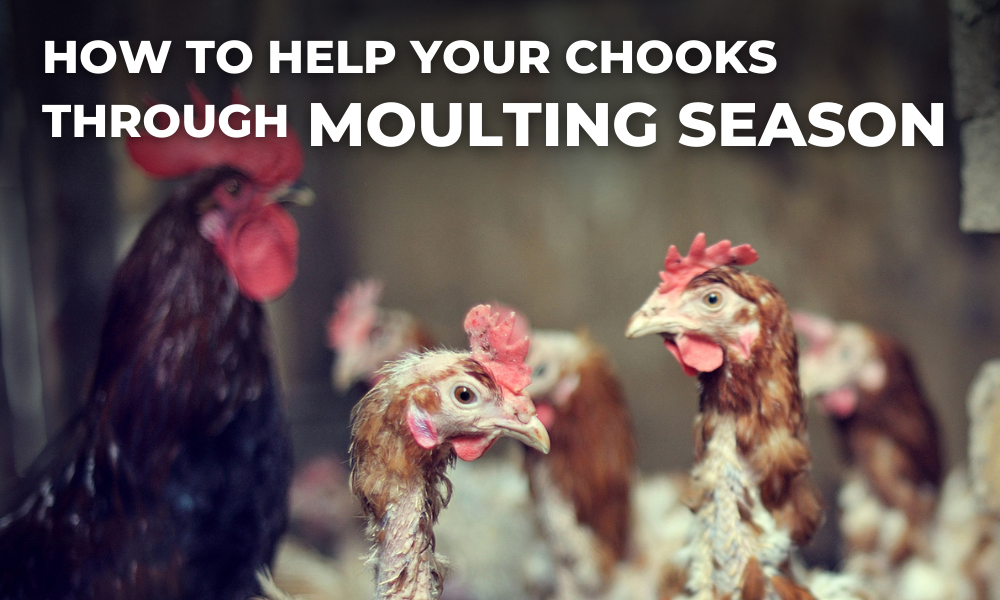
31 Jan How to Help Your Chooks Through Moulting Season
You may have noticed more feathers around the coop recently, or some of your chickens looking a little bare. Or maybe you’ve noticed that your chickens may not be laying as many eggs as usual? It’s likely that your flock is getting ready for moulting season! In this post we’ll explain a bit more about what moulting is, and how to help your chooks through moulting season.
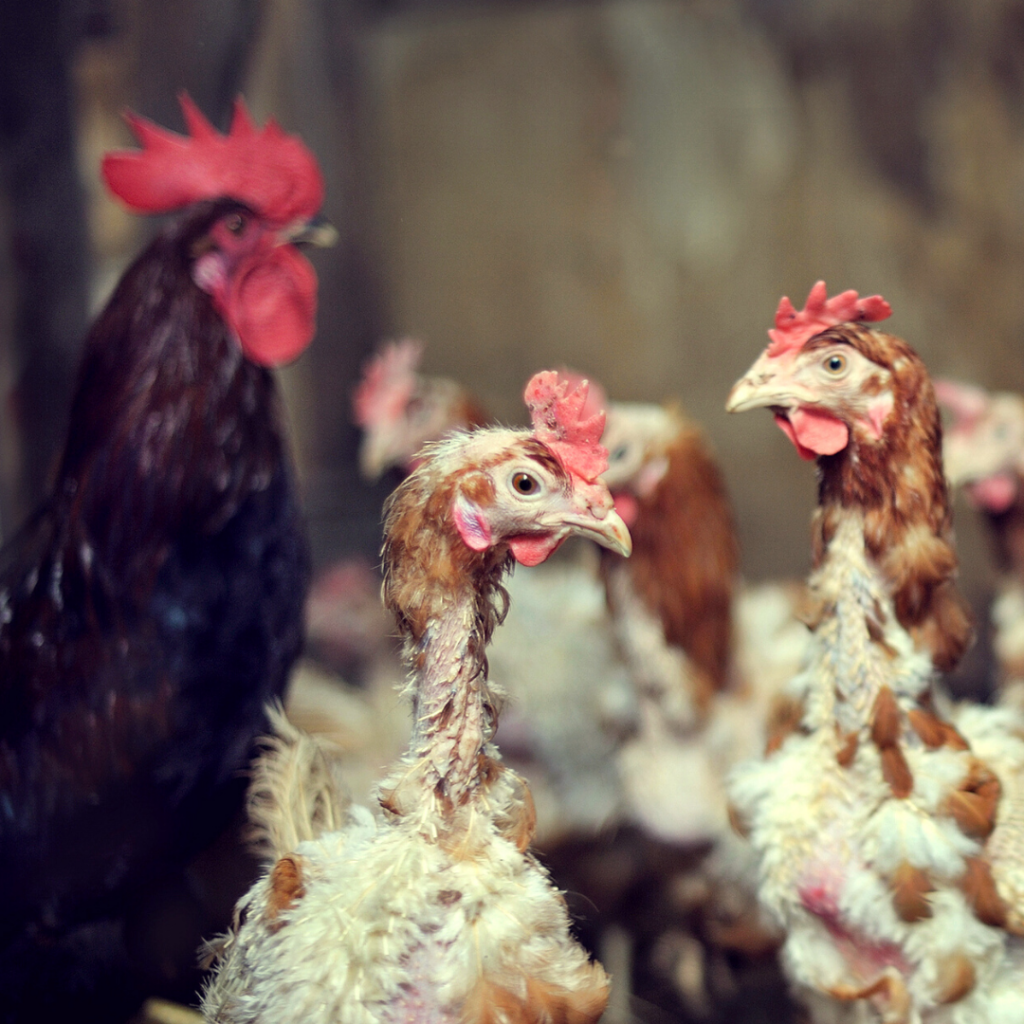
WHAT IS MOULTING?
Moulting is a completely normal process that occurs in chickens and roosters over 12 months old. Moulting is when they shed their old feathers and replace them with shiny new feathers! Moulting is also a time when their bodies have a bit of a break from production to rest and rejuvenate ready for spring.
When does moulting occur?
Moulting usually occurs in late summer and autumn, as the daylight hours decrease. Birds have a gland in their brain called the Pineal Gland, which is light sensitive, and works a bit like a biological clock and calendar. It regulates their growth, reproduction and hormones.
At the moment, daylight hours are decreasing, signalling to your chooks that winter is coming, and it’s time to moult and rest.
Moulting can also be triggered by stress, like moving, new chooks being added or deficiencies somewhere in their diet.
Moulting can actually occur twice a year, in autumn and again in spring.
Chicks – chicks can moult up to four times in their first 12 months, usually during important growth and change phases.
What to expect during moulting:
What should you expect during moulting season? Well let’s just say your chickens may not look their shiny best. This is completely normal. Why? Because they’re putting all of their energy, protein and nutrients into the production of new feathers. Making new feathers is a pretty big job! Did you know that the average feathers is 80-85% protein! That’s a lot of protein.
In addition to losing their feathers and looking patchy, they may lose some weight. Another noticeable difference during moulting is that their combs lose their brightness and will become a dull red instead. This is actually a natural signal to roosters, telling them that the hens are ‘on leave for a bit’ and having a break from laying.
Uh oh…they’ve stopped laying…
But don’t have high expectations for laying. Your hens do need a break from laying, and moulting is a natural way for them to give their organs a rest.
What can you do to help your chickens during moulting season?
Moulting season puts a lot of strain on your hens body so it’s vital that you make some changes to their diet to help your chickens through. The key change (if you don’t already) is to feed your chickens a high protein diet. While most laying feeds offer their minimum daily requirements of 15% protein, it’s recommended that chickens have a feed that is 17% protein or higher during moulting. This helps to give them the extra protein they need to grow those protein-hungry, shiny new feathers.
Avoid stressing your flock:
Moulting is already stressful for your chooks, so try not to add any extra stress to their lives. Chickens can get stressed due to changes in their routine, moving them or adding new chickens to the flock.
Also try not to handle chickens too much during heavy moulting as their delicate pin feathers can become sore or irritated if touched.
Watch out for pecking too, some hens can take a liking to the new feathers coming through on their flock-mates and may peck them out. Try to separate any chooks if they are getting pecked.
Watch out for pests or illnesses:
Keep a close eye on your chickens for any signs of parasites or illnesses. Some parasites can cause bare patches too but are easily treated with coop care and medication. Watch out for any signs of illnesses too, and if you are worried consult a veterinarian (preferably with good knowledge of poultry).
What to feed your chickens during moulting - WA
Our top feed picks for our Western Australian customers during moulting season are:
- Premium Laying Pellets – minimum 18% protein
- Premium Laying Crumbles – minimum 18% protein
- Laying Mash – minimum 16% protein (ideal for hens that prefer a mash feed).
These feeds are available through your local Western Australian stockist. Find your nearest stockist here.
What to feed Your CHickens during moulting - QLD, VIC, NSW
Our top feed pick for our east coast customers is our Laying Crumbles.
- Laying Crumbles are a premium crumbled feed with minimum 17% protein. Find out more about Laying Crumbles here.
Available through your local PETstock store in QLD, VIC or NSW.


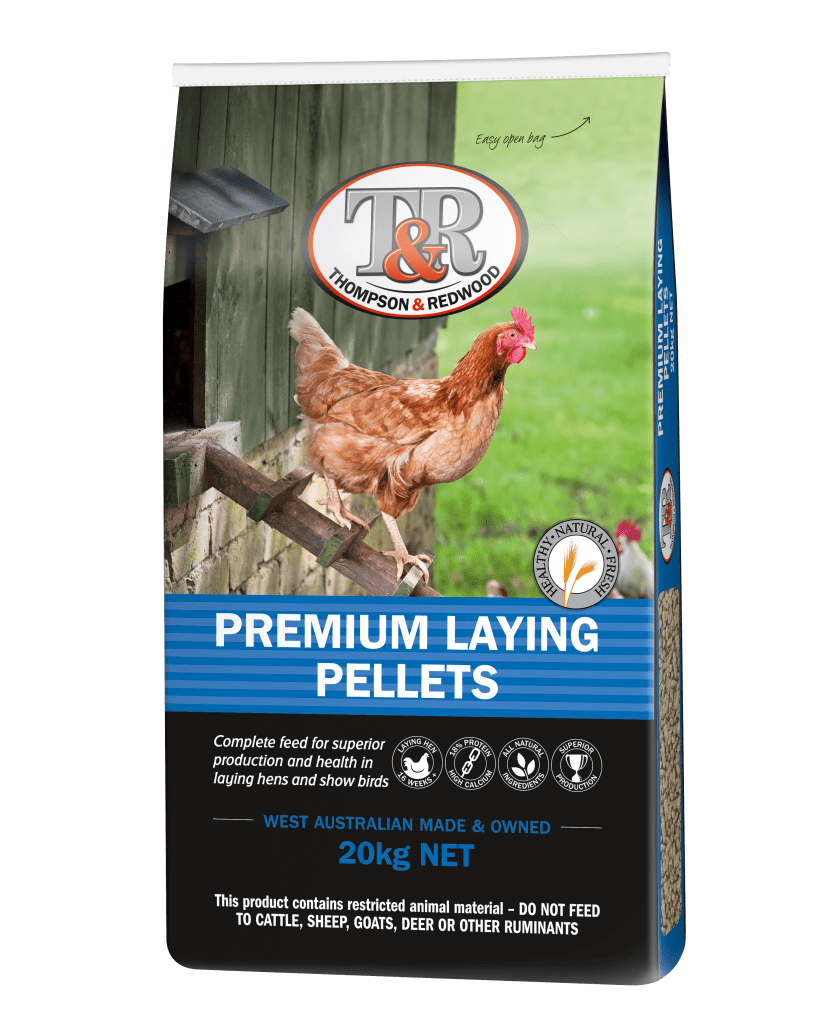
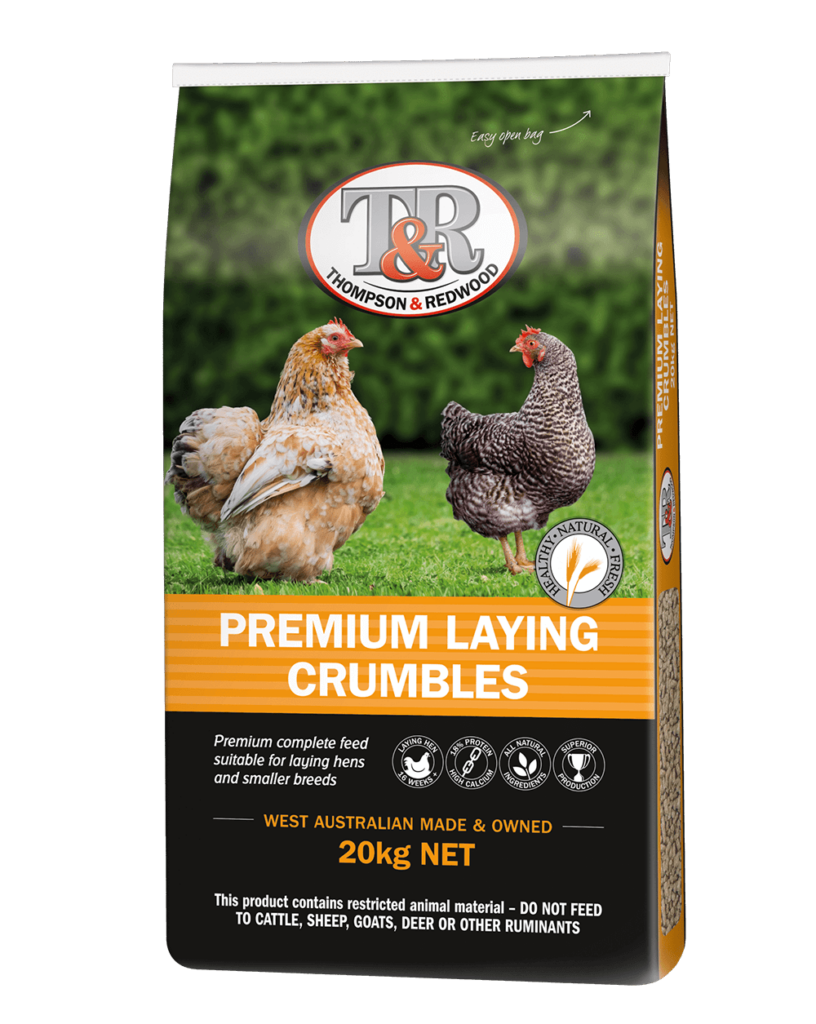
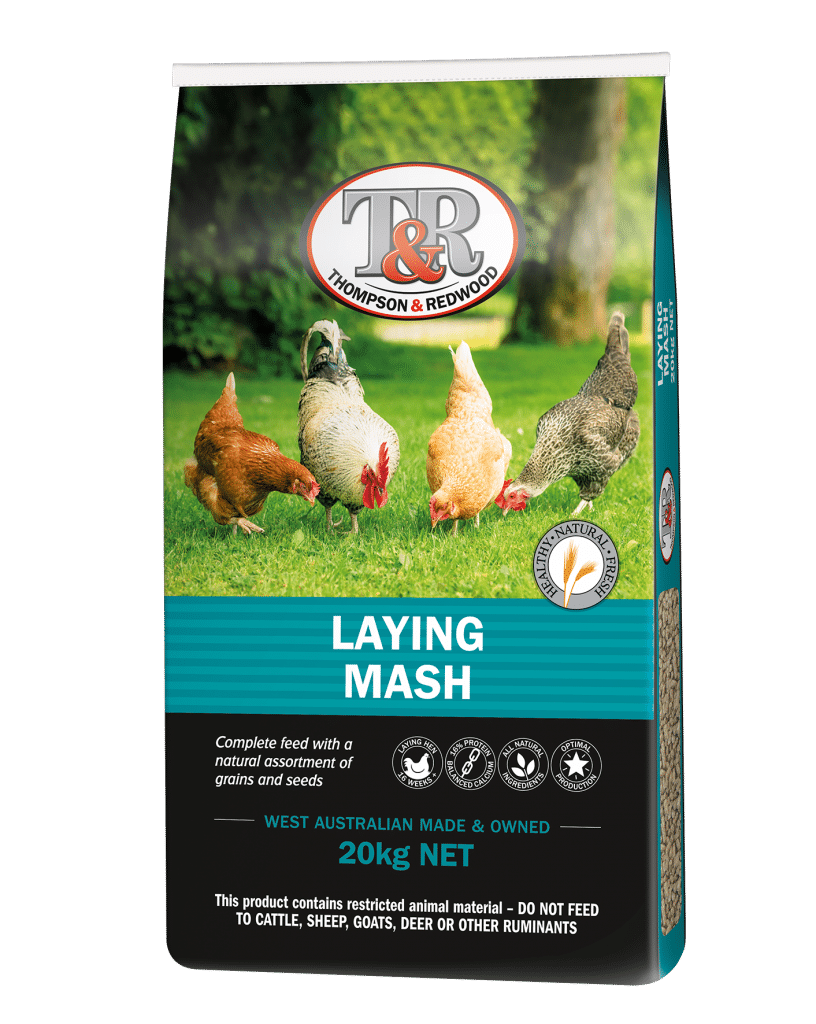
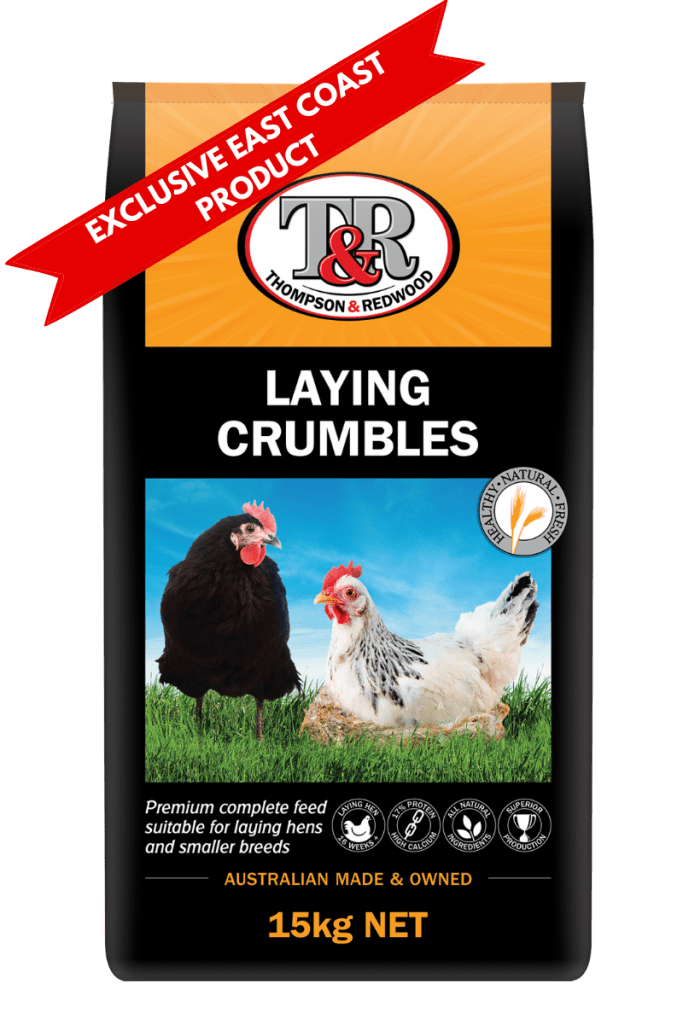

No Comments